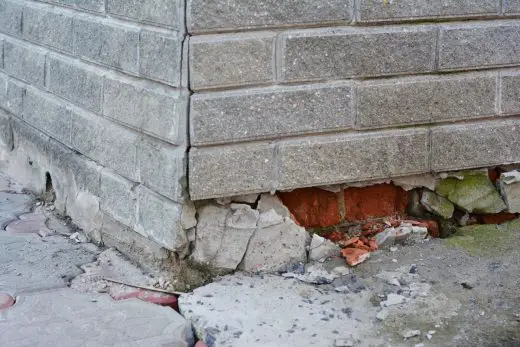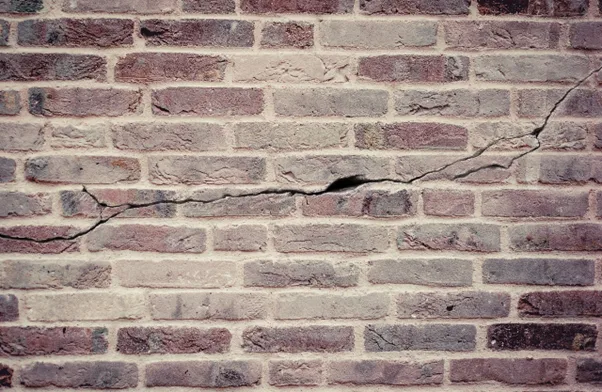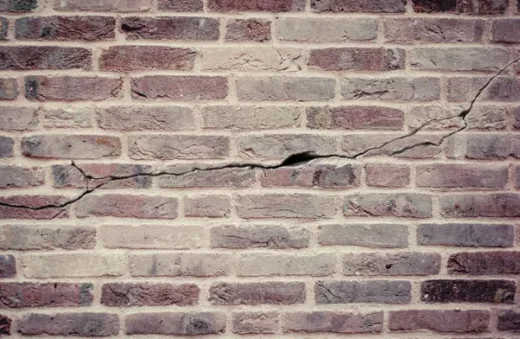Resin injection underpinning, analyzing a modern solution to foundation repair, Property maintenance
Resin Injection Underpinning: Analyzing a Modern Solution to Foundation Repair
October 31, 2024
Resin injection underpinning is a contemporary technique for reconstructing foundations and repairing defects in structures. Two types of underpinning are made based on the use of Polyurethane resins that have to be injected into cracks and foundation voids. This underpinning technique, known as resin injection, offers a less invasive solution than other conventional means.
What Is Underpinning?
Underpinning means fixing and strengthening the base of a building. In this method, new foundation material is placed beneath the existing foundation to give additional support. Rebars are normally used when a structure is weak due to soil erosion, earth shifts, water damage, or structural deterioration.
When a Building Needs to be Underpinned
There are several clear signs that may indicate your home or building requires professional underpinning:
Cracks in Walls or Floors
Cracks are perhaps the most evident sign of foundation movement. Fines can be observed on the walls and ceilings, window or door frames, and floor. If they are not repaired promptly, cracks normally open up wider than they were initially.
Doors and Windows Sticking
Cracks in the hinges or jamb and doors and windows that are no longer opening or closing indicate that the building is misaligned, mostly due to foundation failure. Schedule doors and windows are one of the most unalloyed symptoms of underpinning.
Uneven or Sloping Floors
If some parts of the floor seem to be lower or slightly inclined, then the evidence shows that there are sunk and unlevel substructures beneath such flooring. If the causes remain unmitigated, the condition can be substantially worse in the future.
Gaps Around Windows or Doors
Cracks or spaces in the wall beside windows or doors or along the skirting indicate that the structure has shifted and is moving away from them. Broadening gaps thus indicate that foundation movement is still going on.
Water Damage
Subsidence can be a consequence of leaks, flooding, excess moisture around the foundations, or erosion. Based on the evidence of dampness, a lot of work is needed to fix and underpin the foundations as per professional requirements.
Different Methods of Underpinning
As earlier clearly explained, there are various other stabilization techniques available to stabilize foundations. The two approaches are that a particular method for a project depends on the severity of the situation and the type and location of the existing structure.
Mass Concrete Underpinning
This is a traditional underpinning technique that involves placing concrete in trenches made around the foundation walls. Once cured, this offers significantly improved reinforcement, according to the airplane manufacturer. It is efficient, but an excavated foundation is required to gain access.
Beam and Base Underpinning
Another technique, pier and beam underpinning, sometimes referred to as underpinning, allows new concrete piers right below the existing foundation beams. It delivers variable, precise feedback precisely at the locations of beam stress.
Mini-Piled Underpinning
Mini-piled underpinning involves the construction of small-diameter steel piles, which are sunk into the load-bearing rock or soil beneath the structure underpinning by hydraulic piling rigs. These piles, in turn, form part of concrete pile caps below foundation walls or footings.
Resin Injection Underpinning
The modern approach involves pumping structural resin under foundations and filling in loose fill cracks and voids, creating a unitary structure. High-strength polyurethane resins turn loose gravel, soil, or sand into a semi-rigid body to support the structure.
How Resin Injection Underpinning Works
The resin injection underpinning is a precise process carried out in several key stages:
Assessment of the Foundation
An additional aspect of capacity is soil testing for data on the current ground conditions while structural engineers assess the foundations and document areas of damage. This information maps out potential areas for localized resin injection where insulation is poor.
Drilling Small Holes
Tightly controlled access holes of 19-38mm are made through the walls and slab for the occasions when resin injection tubes are inserted into cavities below the footings or ground beams.
Injecting the Resin
When the injection tubes are in place, the two-part expanding polyurethane resin is injected beneath the foundations at a controlled pressure and flow rate. This minimizes the chances of the resin oozing out of any void without reaching the interior regions of the part to be reinforced. It forms a fast-growing, hard-circulating solidification around the terrestrial deposits, creating an elastic support for the structure.
Final Checks
Lift corrections are subject to checking throughout the resin injection levels. The access holes are neatly patched, and further testing proves the long-lasting stability of the structure as floor levels are also realigned. Constant assessment can then validate this in terms of performance over time.
Benefits of Resin Injection Underpinning
In comparison to traditional underpinning techniques, resin injection offers numerous advantages:
Fast Application
Resin injection is a very fast underpinning technique that takes little time and does not affect homes and businesses. None of the above projects can usually take more than a few days, while conventional underpinning may take weeks or even months.
Minimal Disruption
Rather than large excavations, resin injection uses small 19-38mm hole drilling, enabling normal occupancy throughout the works. When the injection works are done, they are immediately redecorated.
Accurate and Controlled
Special measuring tools mean high precision in indicating where more resin is needed. Even injection rates and volumes and the lift height that each well is charged to are fine-tuned during injection.
Environmentally Friendly
No vibrations, waste products, or excavated foundations make resin injection a clean and environment-friendly underpinning solution. The resins themselves are also not considered hazardous.
Conclusion
Resin injection underpinning is a relatively swift and nonintrusive treatment. It uses advanced polymer resins to pump beneath buildings in need of foundation repair or supplementation. As a perfect fit for the modern world, resin injection provides the best surgical-like injection reinforcements customized for occupancy during repair.
Comments on this guide to Resin Injection Underpinning: Analyzing a Modern Solution to Foundation Repair article are welcome.
Construction
Construction Posts
Identifying telltale signs of home foundation problems

Architects and Builders know about Formwork
Building a Pedestrian Bridge Construction
5 reasons to use steel in residential construction
Reasons To Consider Custom Home Construction
Buildings
Residential Architecture Articles
Comments / photos for the Resin Injection Underpinning: Analyzing a Modern Solution to Foundation Repair page welcome






